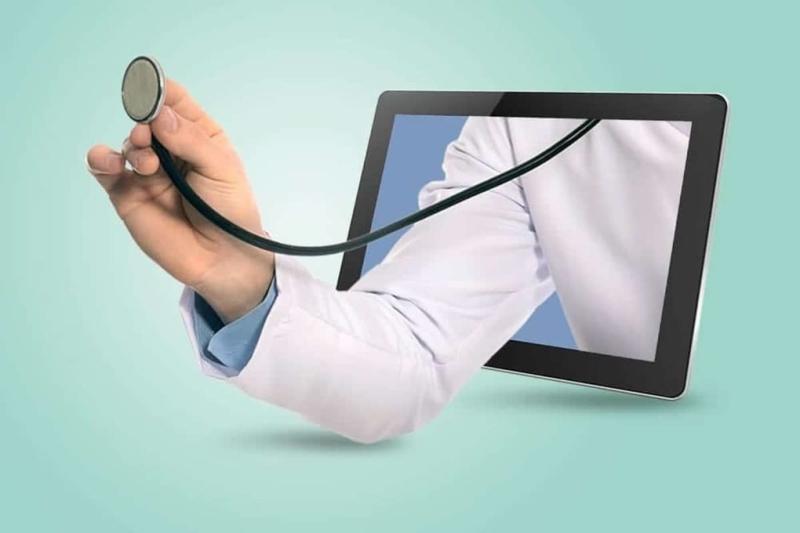Role of Video Telemedicine During the COVID-19 Pandemic
The coronavirus pandemic highlighted the need for alternatives to traditional in-person healthcare visits. With stay-at-home orders and social distancing guidelines in place worldwide, Video Telemedicine emerged as a lifeline for both patients and providers. It allowed people to safely access routine and acute medical care from the comfort of their own homes. According to one study, telehealth visits in the United States increased by 50% during the first weeks of the pandemic compared to the same period in 2019. The rapid expansion of telemedicine infrastructure and relaxed regulations ensured patients continued receiving essential medical, mental health and specialty services virtually.
Benefits of Video Conferencing for Providers and Patients
Video conferencing makes it possible for doctors to evaluate, diagnose and treat patients remotely. This delivers several advantages over traditional phone consultations which lack visual cues. For providers, it saves travel time between facilities and allows serving more patients in a day. Patients find it convenient as video visits eliminate travel costs and time lost reaching clinics. The visual element through a video chat helps physicians examine symptoms, monitor conditions and advise treatment. It has proven effective for a variety of routine healthcare needs like prescription refills, follow-ups, counseling and chronic disease management. In emergency situations, telemedicine can provide immediate access to critical care.
Applications in Different Medical Specialities
Several medical specialities have adopted video telemedicine with positive outcomes. In dermatology, it aids diagnosis of many common skin conditions through live pictures and video clips shared by patients on mobile devices. Pediatricians utilize video visits for issues that do not require a physical exam such as airway illnesses, behavioral concerns and medication management. Respiratory therapists guide patients virtually through breathing exercises for conditions like asthma. Telepsychiatry benefits include easier access to counseling and therapies for mental illnesses remotely. Virtual specialist clinics deliver sub-specialty services to rural communities. Tele-rehabilitation provides post-operation physical and occupational therapy at home. Numerous other areas like general practice, cardiology, endocrinology and radiology have embraced telehealth as well.
Addressing Challenges of Access and Digital Divide
Limited access to internet and technology remains a challenge in deploying telemedicine equitably. However, innovative solutions are making virtual care more inclusive. The FCC's Connected Care Pilot Program is increasing broadband connectivity at several community health centers serving low-income areas. The American Telemedicine Association's Center for Connected Health Policy is working with stakeholders to expand access through policy changes. Meanwhile, health systems are incorporating telehealth options that don't require internet - like toll-free audio-only calls - to serve disadvantaged populations. Partnerships with local organizations help distribute smartphones and tablets to bridge the digital divide. As connectivity and devices become more affordable, video telemedicine will empower even remote and underserved communities to access quality healthcare virtually.
Adoption of Hybrid Virtual-In-Person Care Model
Now that telehealth is mainstream, the focus is shifting to an integrated onsite and remote care delivery system. Hospitals, private practices and insurers envision permanent hybrid models combining in-person and virtual modalities based on individual patient needs. Virtual visits handle routine care securely and conveniently while reserving onsite appointments for complex cases requiring physical exams or scans. This personalized, flexible approach delivers value-based quality care following CDC guidelines. Participants appreciate the blended option - a Kaiser Permanente survey found 90% patients want telehealth maintained post-pandemic. As reimbursement reforms recognize the value of virtual care, the hybrid virtual-physical system aims to maximize benefits of both modalities for optimal health outcomes.
Privacy, Security and Interoperability Considerations
Data privacy and security are paramount in virtual care delivery. HIPAA compliance ensures sensitive patient information transferred electronically or discussed through video meets strict privacy and security standards. Provider systems use encrypted connections, secure videoconferencing platforms and electronic medical record integration. Login credentials prevent unauthorized access to accounts. Some experts argue for further policy enhancements like establishing national telehealth guidelines, breach notification procedures and infrastructure certifications. Interoperability standards facilitate continuum of care coordination across cities or countries. When these safeguards coupled with user authentication are instituted correctly, telemedicine offers a secure avenue to deliver healthcare remotely. As cyberthreats evolve, ongoing diligence makes virtual care channels as protected as physical facilities.
The future of healthcare holds even greater potential for virtual medicine with forthcoming innovations. 5G networks capable of smooth high-definition video during long consultation times are launching commercially. AI integration will augment clinician workflow through automated transcription, electronic health record updates and remote patient monitoring devices analyzing vital data. Augmented reality and virtual reality will transform medical education, simulator training and therapeutic applications. Teleneurology, telesurgery and other advanced telehealth fields are emerging. As practitioners and patients worldwide are embracing telemedicine, its role in achieving universal health coverage is undisputed. Backed by enabling policies and standards, the next decade will see video telemedicine emerge as a premier healthcare delivery system globally.
For Deeper Insights, Find the Report in the Language that You want:
About Author:
Money Singh is a seasoned content writer with over four years of experience in the market research sector. Her expertise spans various industries, including food and beverages, biotechnology, chemical and materials, defense and aerospace, consumer goods, etc. (https://www.linkedin.com/in/money-singh-590844163)
